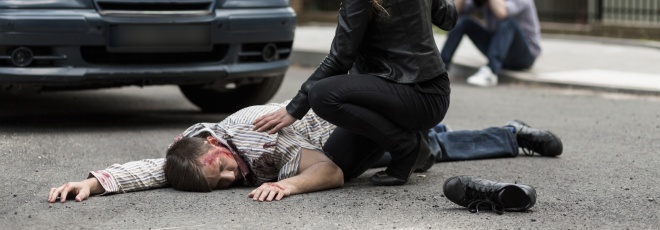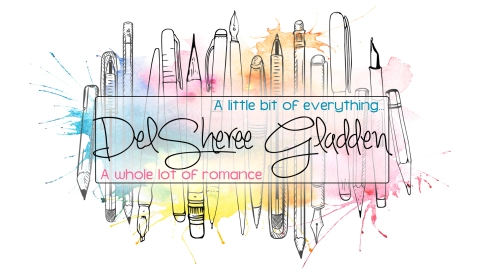To fully discuss these two concepts and see how they work together, let’s start with the most basic definitions:
 Plot: the main events of a play, novel, movie, or similar work, devised and presented by the writer as an interrelated sequence.
Plot: the main events of a play, novel, movie, or similar work, devised and presented by the writer as an interrelated sequence.
Story: an account of incidents or events, a timeline of events told in narrative form.
At first, this may sound a little backwards. When you’re writing a story, aren’t you doing more than just recounting a series of events? Isn’t plot the timeline and structure? Isn’t the overall story what ties events together and makes more than just a series of incidences? Story is character and places and motivations and choices, isn’t it?
Yes…and no.
Don’t confuse the technical definition of “story” with a GOOD STORY.
An uneventful walk to the grocery store to buy eggs is a story, just not a very good one. It has no plot. Plotting requires crafting the elements that will turn a “story” into something interesting enough to attract readers’ attention and hold it. Plot is not the story, but it MUST SUPPORT the story.
 Plot should guide the reader through a story, providing pertinent information and raising questions that will keep them interested. Plotting gives the writer the chance to recognize important questions and provide the answers in a satisfying and compelling way. This applies to both pantsers and outliners, though it may progress in different ways.
Plot should guide the reader through a story, providing pertinent information and raising questions that will keep them interested. Plotting gives the writer the chance to recognize important questions and provide the answers in a satisfying and compelling way. This applies to both pantsers and outliners, though it may progress in different ways.
Take the grocery store example: Why is the character walking rather than driving? Why does he/she need eggs, and only eggs. What will the eggs be used for? What happens when the character gets to the store? What will happen if he/she doesn’t get the eggs? What events will follow purchasing the eggs?
Plotting also helps a writer determine how the story should end, because endings should always be related to beginnings. A good story comes full circle in one way or another. The situation and character at the beginning present a problem that must be resolved by the end in order for the story to be satisfying.
Identifying the beginning and ending points makes it easier to craft the steps, events, information, and choices that will get the character from beginning to end. These should be developed in a logical way that will make sense to the reader and answer all (or most) of their questions. The spaces between these events are filled with character development, backstory, worldbuilding, etc. to create a rich and engaging story, but the plot is still the underlying structure that turns a trip to the grocery store into a good story.
 Consider the questions asked about the egg-buying character. Eggs are most likely not the real conflict. In attempting to answer some of the questions about this character, the possibilities are endless.
Consider the questions asked about the egg-buying character. Eggs are most likely not the real conflict. In attempting to answer some of the questions about this character, the possibilities are endless.
- Perhaps the character is a teen buying eggs to go egg the house of someone who is terrorizing her at school.
- This may be an ordinary shopping trip for a forgotten ingredient that goes awry when an explosion rocks the store.
- The character may be walking because he was grounded for sneaking out the night before and now must run all his parents’ errands on foot.
- The character may never make it to the store, but is instead witness to a strange creature darting between houses, followed the screams of a man.
